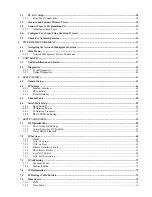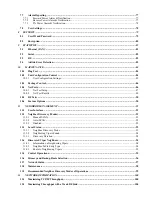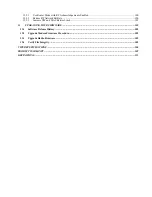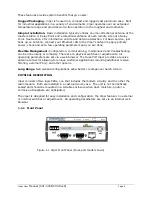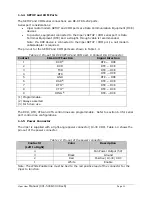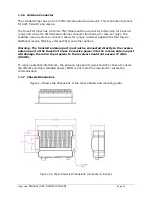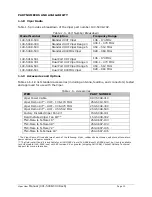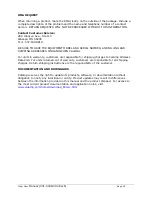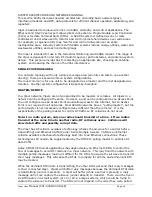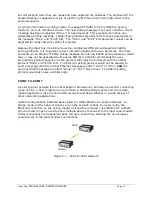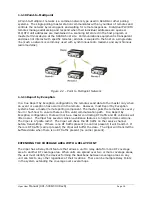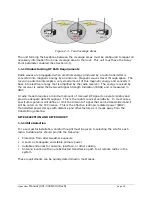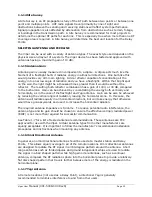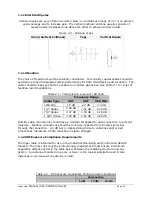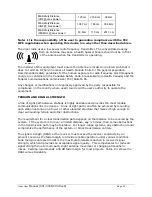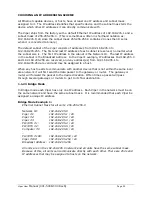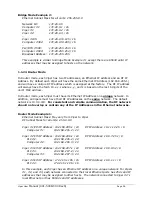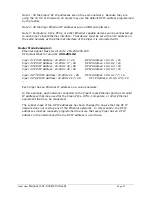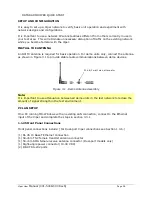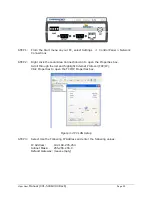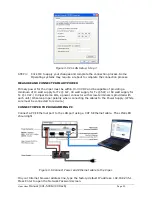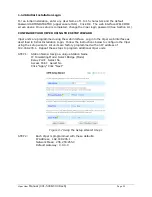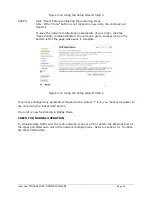
Viper User
Manual (001-5008-000 Rev6)
Page
19
Figure 2.3 - Two Coverage Areas
The unit forming the backbone between the coverage areas must be configured to repeat all
necessary information from one coverage area to the next. This unit must have the Relay
Point parameter enabled (See Section 6.1).
1.1.12
Understanding RF Path Requirements
Radio waves are propagated when electrical energy produced by a radio transmitter is
converted into magnetic energy by an antenna. Magnetic waves travel through space. The
receiving antenna intercepts a very small amount of this magnetic energy and converts it
back into electrical energy that is amplified by the radio receiver. The energy received by
the receiver is called the Received Signal Strength Indication (RSSI) and is measured in
dBm.
A radio modem requires a minimum amount of received RF signal to operate reliably and
provide adequate data throughput. This is the radio’s receiver sensitivity. In most cases,
spectrum regulators will define or limit the amount of signal that can be transmitted and it
will be noted on the FCC license. This is the effective isotropic radiated power (EIRP
)
.
Transmitted power decays with distance and other factors as it moves away from the
transmitting antenna.
SITE SELECTION AND SITE SURVEY
1.1.13
Site Selection
For a successful installation, careful thought must be given to selecting the site for each
radio. Suitable sites should provide the following:
Protection from direct weather exposure
A source of adequate and stable primary power
Suitable entrances for antenna, interface, or other cabling
Antenna location with an unobstructed transmission path to all remote radios in the
system
These requirements can be quickly determined in most cases.

